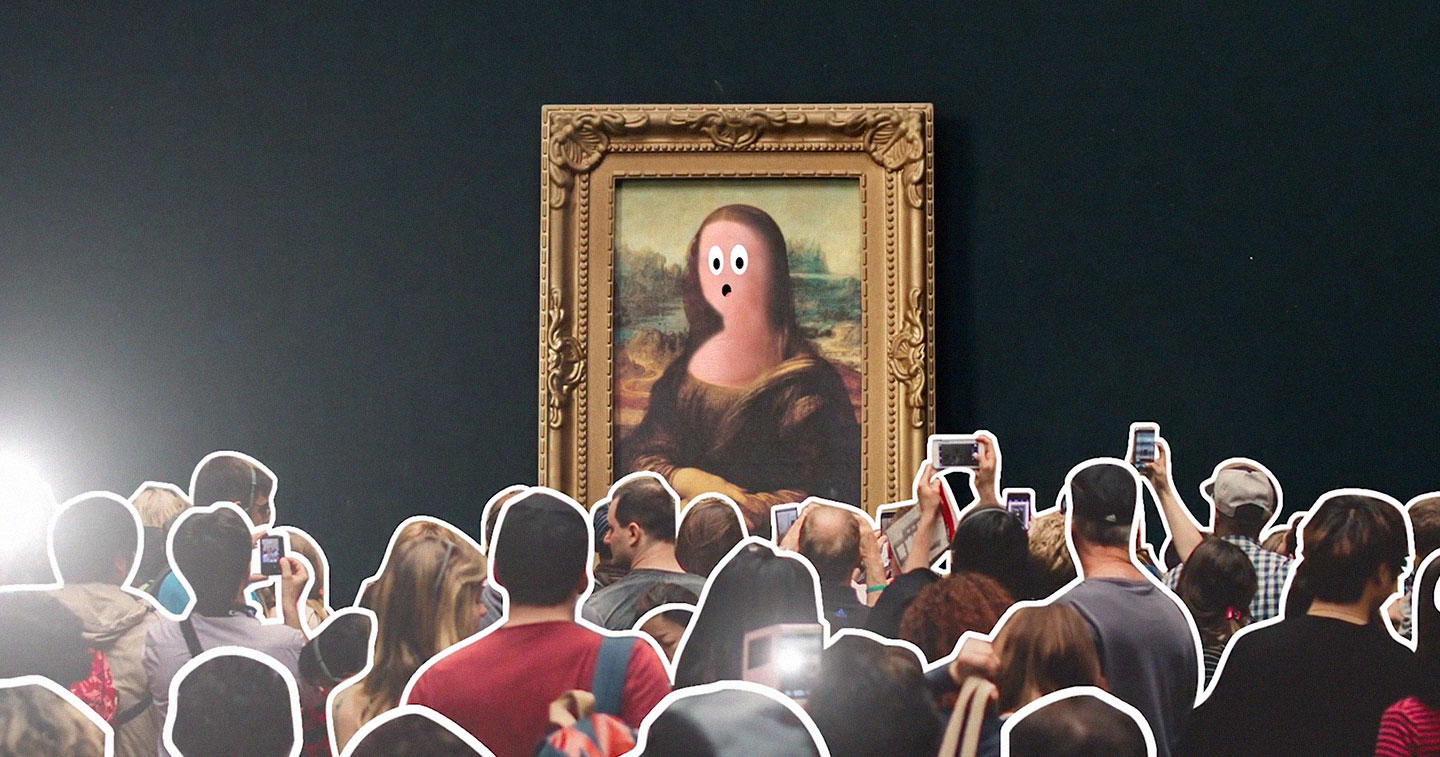KUALA LUMPUR, MALAYSIA — Tune Protect, Malaysia’s progressive mobile-first digital lifestyle insurer, has awarded creative agency TBWA\Malaysia its creative business portfolio.
TBWA\Malaysia is the first creative agency Tune Protect has appointed with the objective to create a cohesive sustainable brand positioning aligned with their brand’s goal of being the preferred lifestyle insurer for Millennials, Gen Zs, and small and medium enterprises (SMEs).
TBWA\Malaysia Chief Executive Officer Hui Tsin Yee said, “Our task is to build a strong brand presence, with emphasis on Tune Protect’s core offering that not only simplifies the entire customer journey but strengthens the consumers’ interactions by adding value to their everyday lives. Across the insurance sector, we discovered many Malaysians’ purchasing decisions are quite traditional, which presented the opportunity to interrupt the conventional path to purchase.”
“While Malaysia’s insurance sector is highly competitive, its recovery from the shocks of the pandemic is expected to be quick, with growth projected at almost 6% annually for 10 years,” Hui Tsin Yee added.
Tune Protect Group Berhand Group CEO Rohit Nambiar also commented, “To achieve our vision of being the lifestyle insurer that everyone loves and appealing to the digital world and a younger dynamic generation, we felt the timing was right to embark on a larger scale branding exercise and appointed TBWA, our first creative agency, to help us achieve our goal in Malaysia and Thailand.”
“Our focus is to offer innovative digital insurance solutions that are bite-sized and hyper-personalized while providing a seamless consumer experience through online direct-to-consumer channels (mobile app and website) as well as through digital affinity partners’ platforms. The idea is to be available where our customers want us to be, and how best they would like to engage with us,” Rohit concluded.
Tune Protect’s digital-first approach augments the entire category experience by simplifying and tailoring policies that are accessible via mobile. TBWA introduced T.P. the Thumb to “Click to Start” – a simple three-step approach requiring just three minutes to purchase, three hours to receive a response, and three days to receive a claim upon approval.

“In essence, this is the core idea behind the campaign, to indicate how simple and easy insurance can be, by demonstrating how in control you are as the user when it comes to insurance. To bring this to life, we utilized a part of our body that puts our choices and wants into action – our thumb,” Hui Tsin shared. “The thumb is a versatile, an easily recognized icon that is associated with mobile, and can be replicated across multiple brand applications, enhancing the customer’s experience with the app.”
The humble thumb has become Tune Protect’s new mascot, which has aptly been named T.P. This thumb not only talks, walks, eats, and watches TV, but it also validates how easy it is to look up a suite of plans, sign up, make claims, and more, just by clicking on the Tune Protect app.








